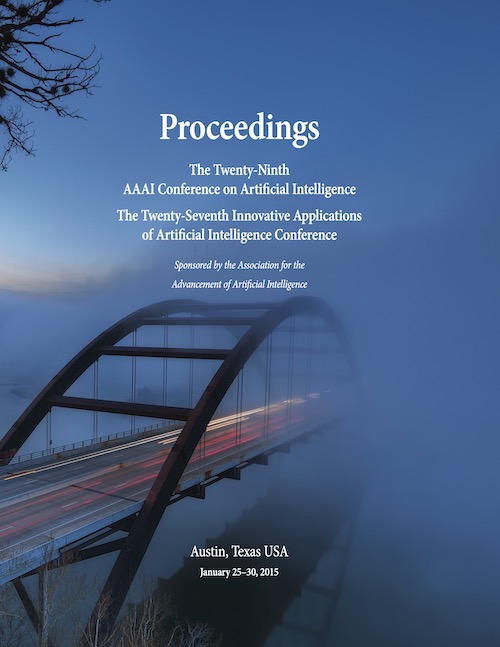Day-Ahead Hail Prediction Integrating Machine Learning with Storm-Scale Numerical Weather Models
DOI:
https://doi.org/10.1609/aaai.v29i2.19053Abstract
Hail causes billions of dollars in losses by damaging buildings, vehicles, and crops. Improving the spatial and temporal accuracy of hail forecasts would allow people to mitigate hail damage. We have developed an approach to forecasting hail that identifies potential hail storms in storm-scale numerical weather prediction models and matches them with observed hailstorms. Machine learning models, including random forests, gradient boosting trees, and linear regression, are used to predict the expected hail size from each forecast storm. The individual hail size forecasts are merged with a spatial neighborhood ensemble probability technique to produce a consensus probability of hail at least 25.4 mm in diameter. The system was evaluated during the 2014 National Oceanic and Atmospheric Administration Hazardous Weather Testbed Experimental Forecast Program and compared with a physics-based hail size model. The machine-learning-based technique shows advantages in producing smaller size errors and more reliable probability forecasts. The machine learning approaches correctly predicted the location and extent of a significant hail event in eastern Nebraska and a marginal severe hail event in Colorado.

